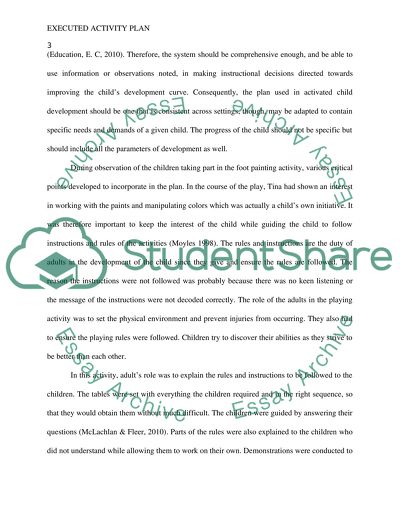Cite this document
(“Executed Activity Plan with detailed Evaluation Essay”, n.d.)
Executed Activity Plan with detailed Evaluation Essay. Retrieved from https://studentshare.org/education/1437844-executed-activity-plan-with-detailed-evaluation
Executed Activity Plan with detailed Evaluation Essay. Retrieved from https://studentshare.org/education/1437844-executed-activity-plan-with-detailed-evaluation
(Executed Activity Plan With Detailed Evaluation Essay)
Executed Activity Plan With Detailed Evaluation Essay. https://studentshare.org/education/1437844-executed-activity-plan-with-detailed-evaluation.
Executed Activity Plan With Detailed Evaluation Essay. https://studentshare.org/education/1437844-executed-activity-plan-with-detailed-evaluation.
“Executed Activity Plan With Detailed Evaluation Essay”, n.d. https://studentshare.org/education/1437844-executed-activity-plan-with-detailed-evaluation.


